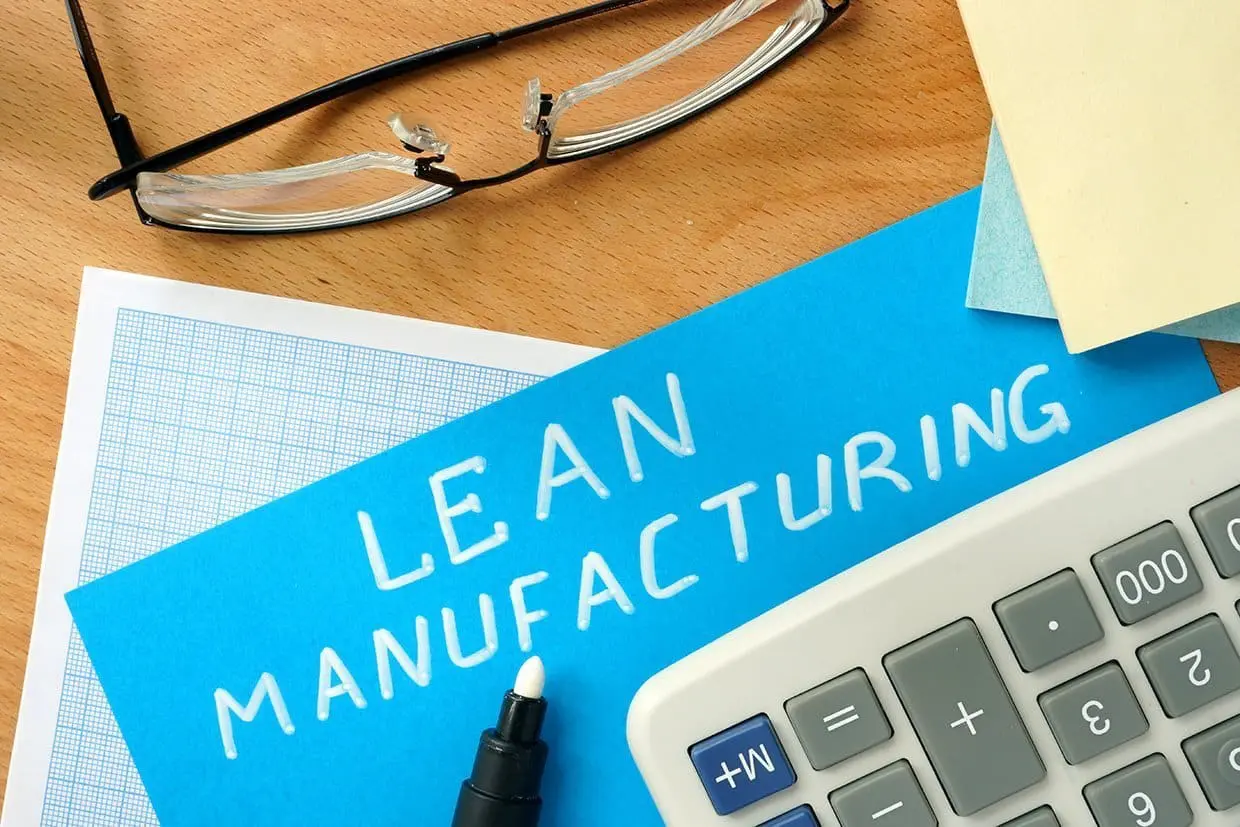How do you eliminate waste in your organization?
That’s the basic tenant of lean manufacturing—an idea that continues to develop after decades of refining by some of history’s top business managers. The term was coined by James Womack in his 1990 book, The Machine That Changed the World, although its roots lie in the Toyota Production System of the 1950s.
In a nutshell, lean manufacturing considers the use of resources for any goal other than the creation of value for the end customer to be wasteful.
It will come as no surprise to maintenance professionals that lean manufacturing has a tremendous impact on their department. From increasing asset life cycles to reducing scrap material, the maintenance team continually works towards reducing waste.
In fact, I’d go so far as to say that maintenance teams were working under the lean manufacturing philosophy long before the concept was named.
“Our management team embraced lean manufacturing during the recession,” explained Ed, a maintenance and engineering manager for a multi-national manufacturer. “But it wasn’t a new idea for the maintenance crew. We were already looking for inefficiencies—or waste. It’s our job to eliminate as much inefficiency as possible.”
Lean Manufacturing and CMMS Software
One of Ed’s biggest tools? His MPulse CMMS software, which pinpoints areas where productivity can be improved. CMMS applications help his maintenance team find and eliminate inefficiencies, or waste.
But Ed is the first to admit that defining waste isn’t always simple. Lean manufacturing is a journey, not a destination, he explained.
“Now we’re focusing on other forms of waste,” he said. “There’s obvious stuff, like stocking unneeded parts and tracking your annual inventory turns. But there’s also wasted time—when someone has to finish one task before someone else can do another task. Or when the production team needs something repaired to get things moving again.”
The Categories of Waste
Lean manufacturing experts categorized waste into eight types, many of which directly relate to maintenance tasks:
- Overproduction
- Wait time
- Inventory
- Transportation
- Over-processing
- Movement between tasks
- Defects
- Workforce
All of these elements boil down to one thing—money. Waste costs your company money, and eventually it costs your customers as well in terms of higher prices and/or delays.
And both pricing and availability, of course, are directly related to your organization’s ability to compete in the current business environment.
Not Just for Manufacturers
In spite of the name, the lean manufacturing idea doesn’t just apply to manufacturers. I’ve seen lean manufacturing ideas applied in facility management, professional services, and other businesses. That’s because every organization wants to streamline workflows—thereby reducing wasted materials, time, energy, etc.
Does your organization subscribe to the lean manufacturing philosophy? How do you eliminate waste or inefficiencies with your CMMS software? Leave a comment about the many applications of our CMMS or contact us.


